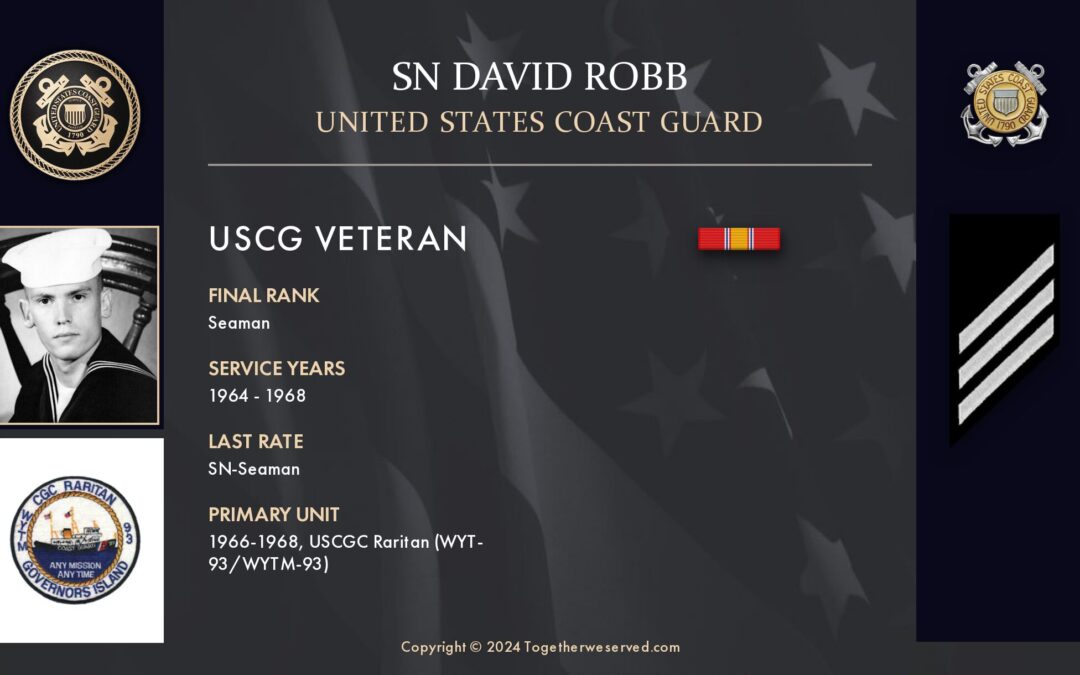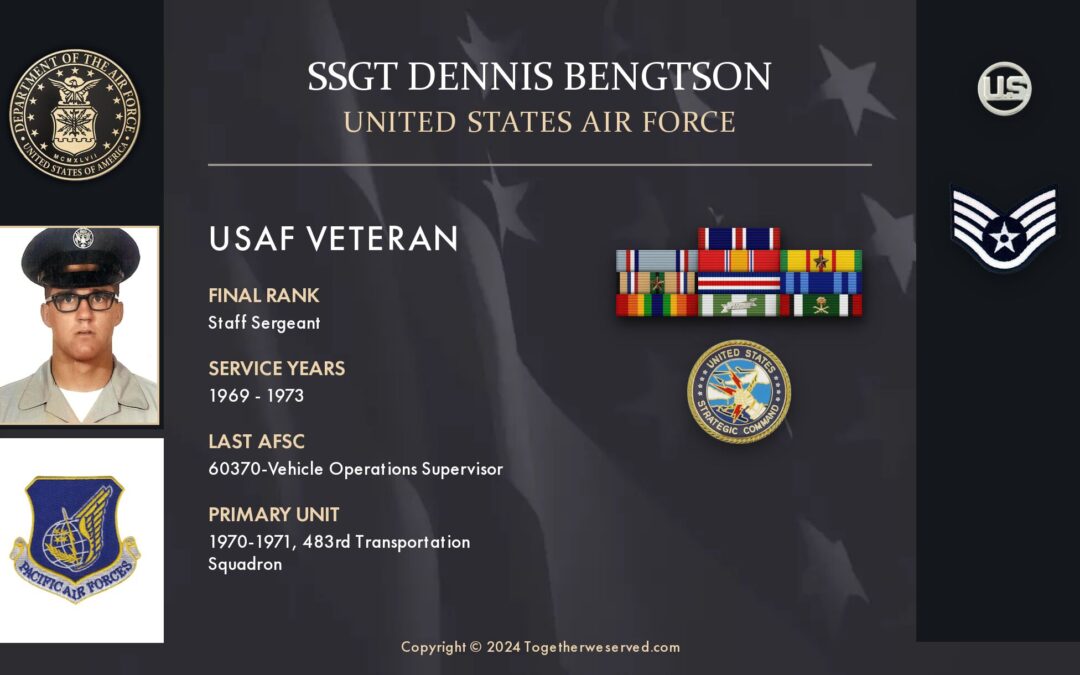PRESERVING A MILITARY LEGACY FOR FUTURE GENERATIONS The following Reflections represents SN David Robb's legacy of his military service from 1964 to 1968. If you are a Veteran, consider preserving a record of your own military service, including your memories and photographs, on Togetherweserved.com (TWS), the leading archive of living military history. The following Service Reflections is an easy-to-complete self-interview, located on your TWS Military Service Page, which enables you to remember key people and events from your military service and the impact they made on your life. Start recording your own Military Memories HERE. Please describe who or what influenced your decision to join the Coast Guard. My family wanted me to follow in professional tracks as an attorney, and I realized I was too physical for that kind of life. On advice from my college counselor, he suggested I take a couple of years off to "find myself." I did. I went to the local recruiting office in...











